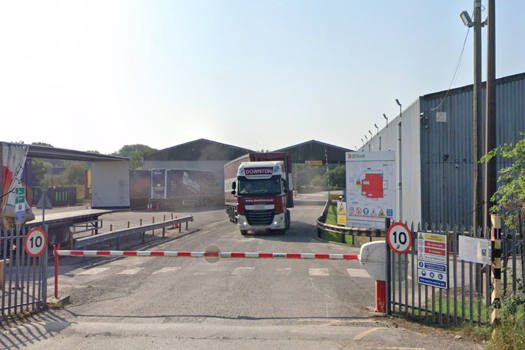Pensioner Graham Halksworth, of Greater Manchester, was arrested after some of the high-denomination bonds, dated from 1934, were found to contain spelling mistakes and historical inaccuracies.
A Mountie noticed the mistakes when Australian men tried to cash 25m of the notes at a Canadian bank in 2001.
Lorelei Pagano, the US Secret Services top forensic expert, testified that the bonds had been printed using digital ink-jet technology, which was not available in 1934 when the majority of the bonds were said to have been issued.
The bonds had been treated to make the ink and paper appear aged, but the spelling inaccuracies had warranted further investigation, leading to the discovery of their true age.
The bonds also featured zip codes, which the US Postal Service did not bring into use until the early 1960s.
Michael Slamaj, a former Yugoslav soldier and head of a Canadian engineering company, was also sentenced to six years in prison for his part in the fraud.
Story by Andy Scott
Have your say in the Printweek Poll
Related stories
Latest comments
"Gosh! That’s a huge debt - especially HMRC! It’s a shock that HMRC allowed such an amount to be accumulated."
"Whatever happened to the good old fashioned cash job! At least the banks didn't take 2-3% of each sale. After 30 odd transactions that £100 quid you had has gone."
"It's amazing what can be found on the "web" nowadays!"
Up next...

Replacement 'will be operational later this year'
Walstead makes decision on Bicester 64pp

'Ridiculous decision'
Unite “prepared to fight” on proposed DS Smith site closure

Also helps mitigate volatile energy prices





